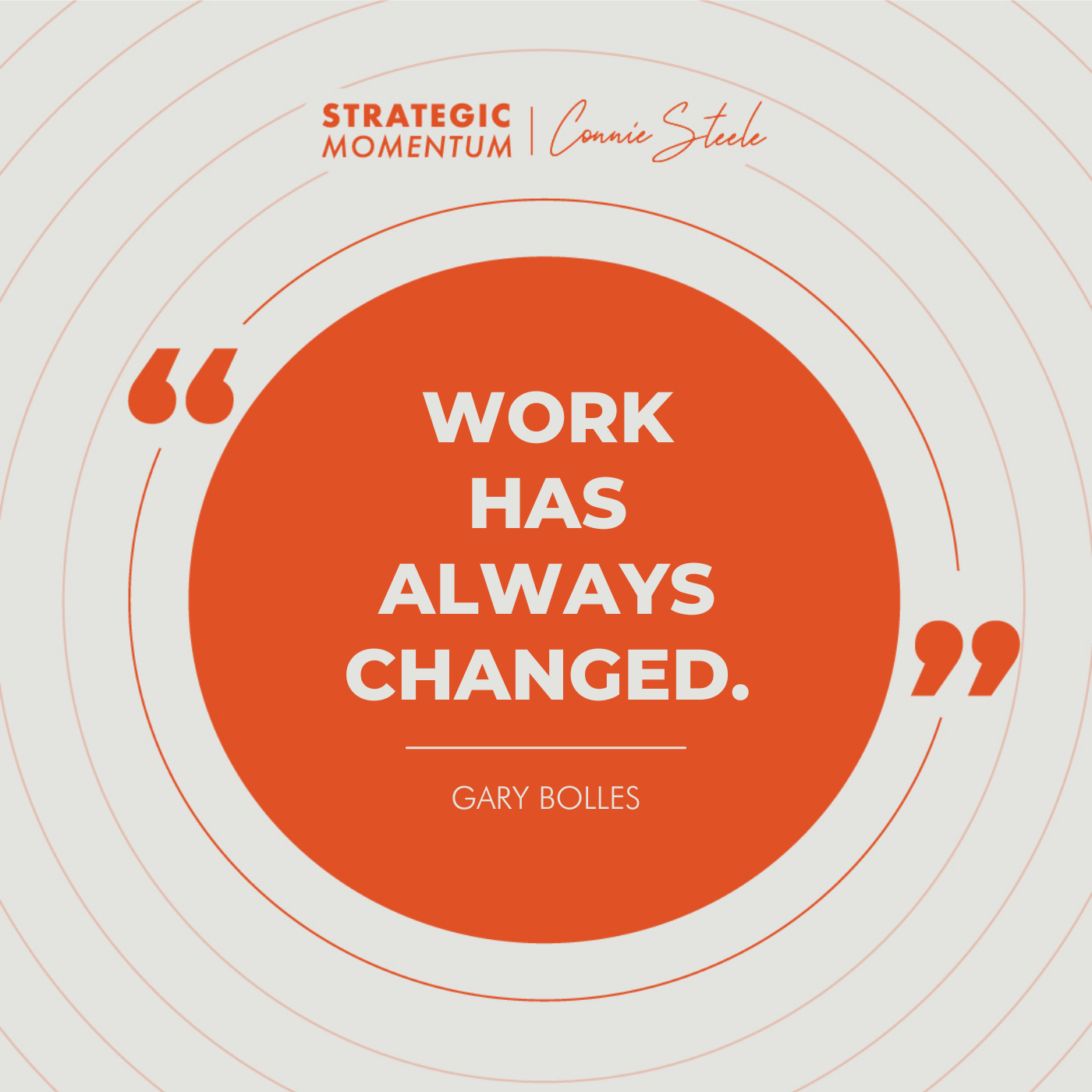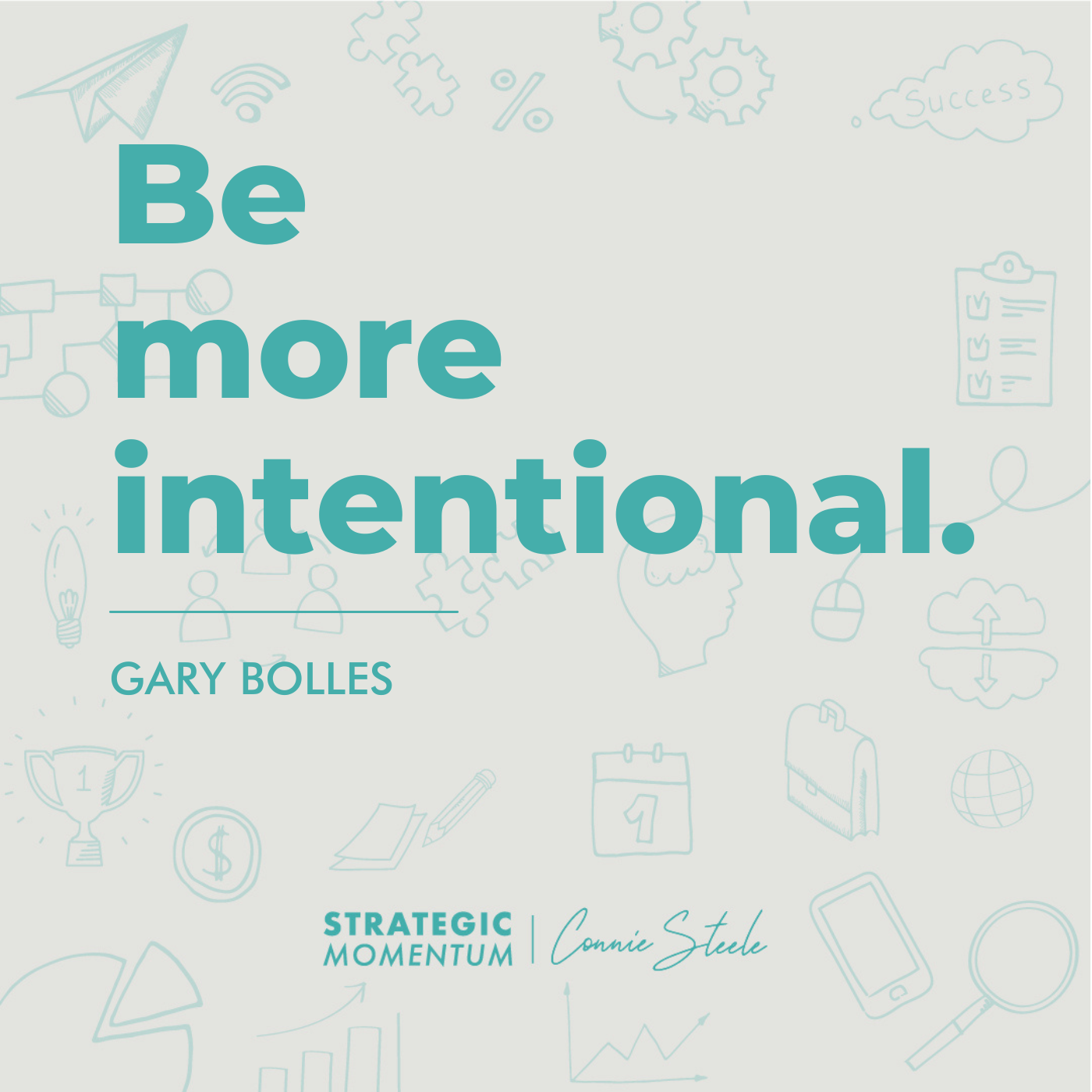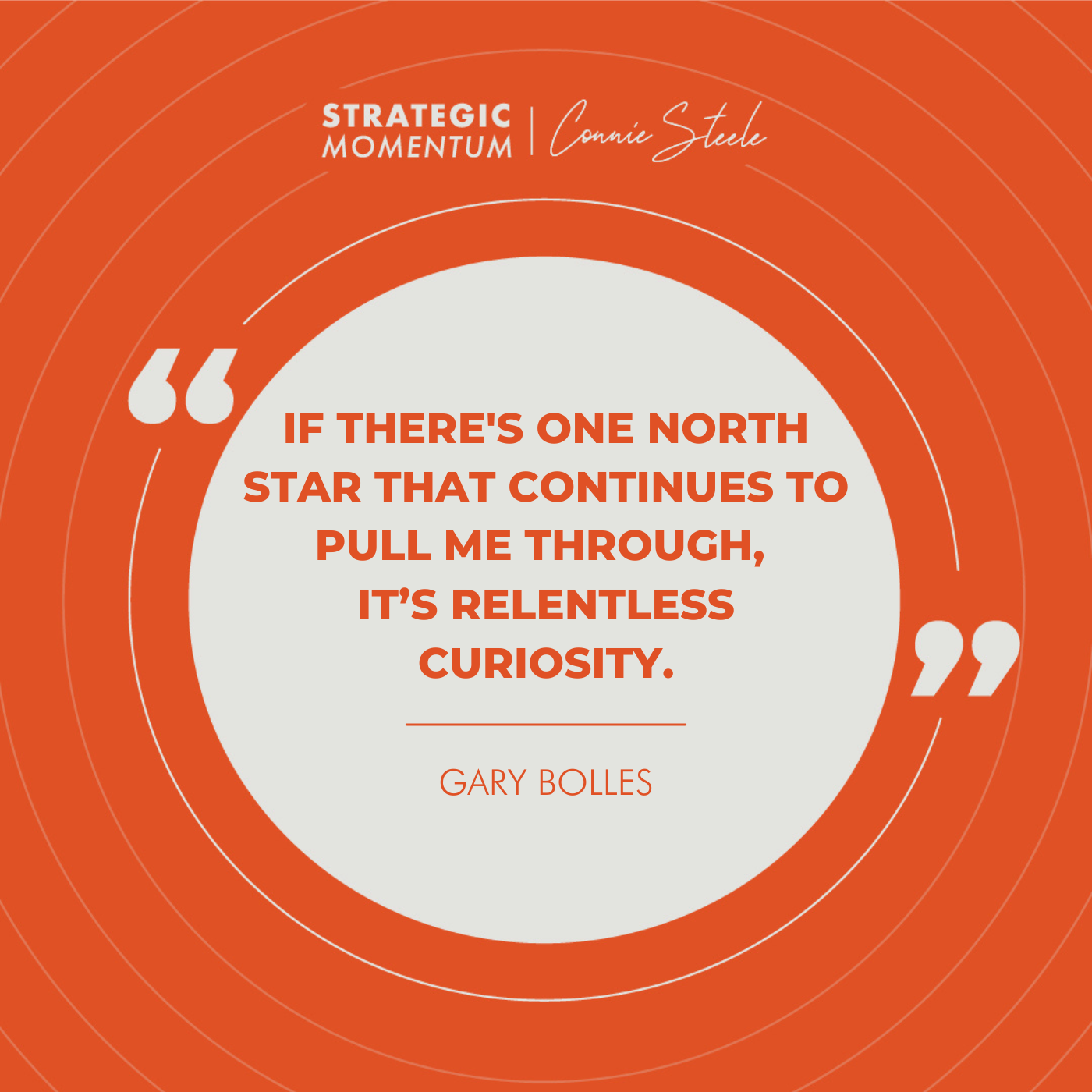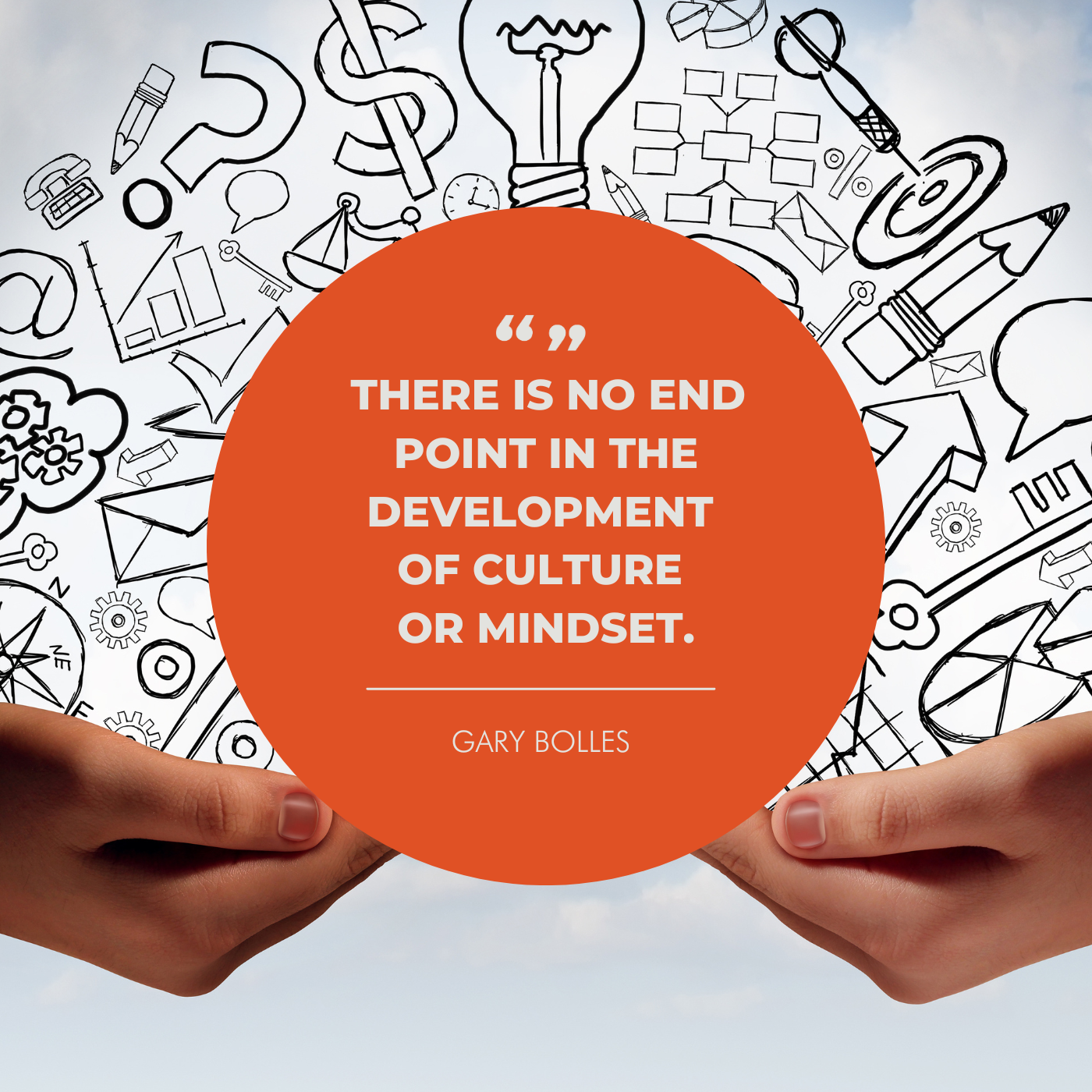Ep. 135 - The Next Rules of Work: A Framework for Managing Uncertainty - with Gary Bolles
Find Us Wherever You Listen To Podcasts
A daily commute to a job where you do the same thing every day. A workplace filled with coworkers who do the same. A long career in one industry.We’ve all heard this before. These are the old definitions of work, or at least the stories most of us were told about it. But this isn’t really the way things work, is it?
There are new rules of work. And a critical aspect that we all need to understand is that there will be another new set of rules tomorrow because we’re in a constant state of transition — so understanding and preparing for what’s next requires more than just learning a new set of definitions.
Gary Bolles shares what we need to know about The Next Rules of Work — and the next ones after that. Gary is the author of “The Next Rules of Work,” Chair for the Future of Work for Singularity Group, and co-founder of eParachute.com, which builds on the insight from his father’s hit book, “What Color is Your Parachute?”
Throughout his diverse portfolio of work, Gary is helping people understand the impact and opportunities of exponential change so that they can grow into the future, and he has spent a lifetime practicing these sorts of nimble development frameworks.
The Next Rules (And The Next Ones After That)
Gary suggests that the future is like a series of waves, and the frequency of waves is increasing. It’s not like the pandemic happened and created a new status quo that we have to live with for the next 100 years.
There will always be another wave of change on the horizon, and no one can tell you exactly what shape that change will take. So what we have to learn how to do, as both individuals and organizations, is develop a new mindset, skillset, and toolset that will empower us to better navigate change.
Your Career and Skill Set: A Portfolio of Work
When you invest money, you usually want a diverse portfolio; a classic application of the idiom “don’t put all your eggs in one basket.” It’s risk management.
In an uncertain world of work, people are doing the same thing with their careers and their skills. Traditional jobs still exist, but traditional career paths don’t. People can’t bet on staying in one company for 40 years and going home with a pension. So they diversify their portfolio of work: a day job, a side gig, maybe working on a startup idea with a couple friends on the side. It's a set of different projects, all of which may be within one organization or spread across multiple. The shape of a career portfolio doesn’t matter as much as what it enables a person to do or feel.
But to do this effectively, Gary suggests we need to be more intentional about how we develop our skills and our understanding of how we can apply these skills in multiple situations, drawing on the Japanese concept of Ikigai. The idea is that purpose, impact, what you like to do, work — it’s all connected, and the experience of life is better when you take a more holistic approach.
We can start by doing a self-inventory of our skills:
Take out a sheet of paper and draw two lines so that we have four equal quadrants. The X-axis is how much you like something, the Y axis is how good you are at doing something.
Label the quadrants: Things I Love to Do (top left), Things I Am Good At (top right), Thing I Don’t Like Doing (bottom left), Things I’m Not Good at Doing (bottom right).
Think about what you do every day, every week, and put them on the chart. Even if it’s not just what you are doing while at your day job. Once you are done, you have a snapshot of your current portfolio of skills.
Now, if you want to develop your portfolio, you should target any skills that fall on the intersection between things you love and things you aren’t good at doing. That’s the opportunity for training and learning.
And if you repeat this process, over time, you are also training yourself to develop a growth mindset.
The Mindset to Manage Through the Disruptions
Having a growth mindset is also critical when it comes to the next rules of work. Belief in your ability to develop new skills (and capabilities) and manage through inevitable periods of transition will be vital to solve new problems and deal with ongoing disruptions.
And as a leader, fostering a growth mindset among your people will be necessary for your organization to thrive. The aggregate mindset of your organization matters because the future workforce will evolve to a “worknet,” as Gary describes it in his book.
The command and control structure will give way to a fluid collection of people who come together with a common purpose, and it will be your job as a team guide to empower people to innovate and solve problems effectively. That won’t be feasible when there is a fixed mindset, nor will it be possible if you don’t attempt to achieve a constant state of alignment.
Alignment: The Key to Navigating Change
To become more adaptive and nimble, another important “next rule” is encouraging alignment between people, teams, and the organization’s strategic goals.
Gary highlights what he calls The Strategic Arrow, which is featured in the Google Books preview.
The purpose of the arrow is to create the synchronicity within your organization around purpose, mindset, culture, and skills — but that begins with leadership being intentional about defining these terms and communicating them with clarity.
The end goal of this process is that everyone within your organization will be able to answer four questions:
What are the strategic goals of the organization?
What are the top three strategic goals of your team?
What are the the top three goals in your own work?
How do all of those strategic goals align?
After everyone in your organization has the clarity to answer these questions and align themselves with the mission and goals of the organization, you have to develop new practices, processes, or operating systems that your organization will use to continually over-communicate what each person is working on so that managers can maintain this clarity and alignment.
From middle management to the C-suite, leaders need to have their finger on the pulse of the organization like this if they hope to adapt to the next wave of change.
A Human-Centric Future of Work & Creating The Next Rules Together
Gary also believes the next rules need to be human-centric if we hope to create a more inclusive future. People’s relationship with work is evolving. From doing the work well enough to get paid reasonably for it to wanting to focus on doing what we love and that has meaning or purpose — it’s this desire to find greater fulfillment and giving ourselves permission to do so.
We inherited the old rules for work from the Industrial Age, but we get to create the rules that we use tomorrow, and we get to keep rewriting them for our entire lives.
I say “get” because I think the framework that Gary shares throughout this episode is incredibly empowering. Yes, it’s going to take some work. Yes, there’s going to be a lot of uncertainty in any period of transition. But there is something so powerful in working together to do a little bit better tomorrow and the day after that.
Definition of Success:
Gary views success as being able to continually learn and create a positive impact in four areas: helping groups of individuals, helping organizations, helping communities, and helping countries.
Key Takeaways:
We now live in a constant state of transition. Change comes in waves, and the frequency of change is increasing. That means we need to be constantly anticipating and adapting, as both individuals and organizations.
The modern career is like a Portfolio: a diverse collection of skills and roles that is unique to an individual. Learning how to improve your portfolio in a non-linear career is key to succeeding in the future of work.
Gary has a process to help intentionally develop your skills:
Draw two lines on a sheet of paper. The X-axis is how much you like something. The Y axis is how good you are at doing something.
Label the quadrants: Things I Love to Do (top left), Things I Am Good At (top right), Thing I Don’t Like Doing (bottom left), Things I’m Not Good at Doing (bottom right).
Think about what you do every day, every week, every month and put them on the chart. This is a snapshot of your current portfolio of skills.
To develop your portfolio, target skills that fall on the intersection between things you love and things you aren’t good at doing. That’s the opportunity for training and learning.
If you repeat this process, over time, you are also training yourself to develop a growth mindset — one of the critical Flex Skills that we will all need to continually adapt.
Leaders need to be more intentional about keeping the finger on the pulse of the organization. Do you know what your people think the culture and mindset of your organization is? And did you create it on purpose?
Gary suggests that every organization should work together to map out The Strategic Arrow to create alignment within your organization around purpose, mindset, culture, and skills. After mapping the arrow, everyone within the organization should be able to answer four questions:
What are the strategic goals of the organization?
What are the top three strategic goals of your team?
What are the the top three goals in your own work?
How do all of those strategic goals align?
After everyone in your organization can do this, you have to develop new processes to continually over-communicate what each person is working on so that managers can maintain this clarity and alignment.
Resources
Learn more at gbolles.com
Read: “The Next Rules of Work”












